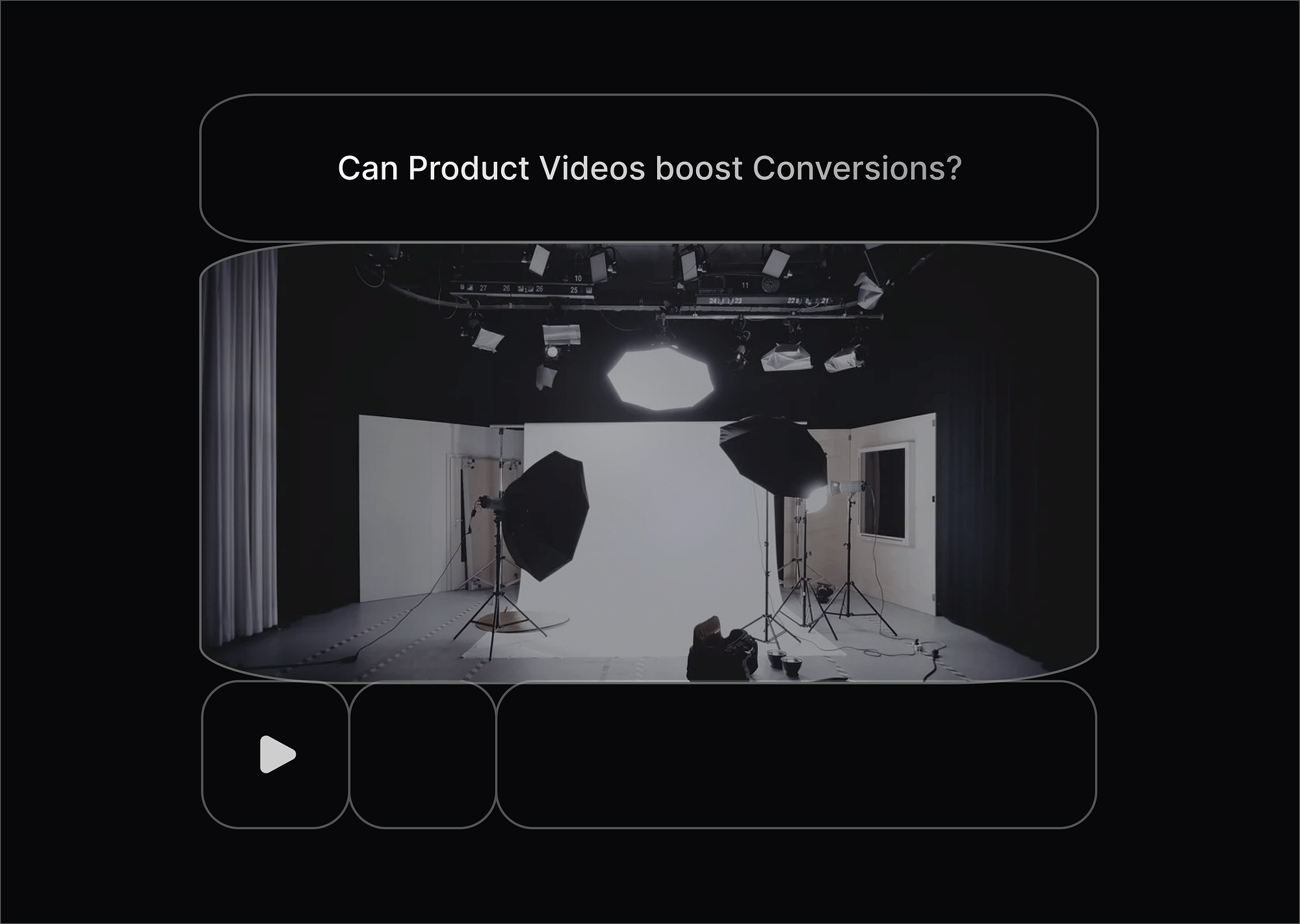In today's digital landscape, Software as a Service (SaaS) products have become an essential tool for businesses of all sizes. However, for SaaS companies to succeed, it's crucial that their users are able to utilize and benefit from their products fully. By improving usage, SaaS companies can increase customer satisfaction, reduce churn, and ultimately drive revenue growth.
One effective way to improve usage is through the use of video content. Videos can provide a visual and interactive way for users to learn about a product's features and capabilities. They can also be used to demonstrate how to solve common problems and answer frequently asked questions. By providing engaging and informative video content, SaaS companies can increase user understanding and adoption of their products.
In this comprehensive guide, we will explore different strategies and best practices for creating and optimizing video content to improve SaaS product usage. From understanding your audience to measuring and analyzing video performance, we will provide actionable tips to help SaaS companies increase user engagement and drive revenue growth. You can also read more about SaaS development costs.
Understanding Your Audience
Before creating any video content, it's crucial for SaaS companies to understand their target audience. Identifying the specific user group for the product will allow you to tailor your video content to meet their specific needs and preferences.
To understand your audience, it's important to conduct research and gather information about your users. This can include surveys, interviews, and focus groups. From this research, you can learn about their pain points, what they hope to achieve with your product, and what type of content they prefer. This information will help you create video content that is tailored to your audience and addresses their specific needs.
Once you have a clear understanding of your audience, you can start to create video content that addresses their pain points and demonstrates how your product can help them achieve their goals. For example, if your target audience is small business owners, you may create videos that show how your product can help them streamline their operations and save time. If your target audience is new users, you may create videos that provide step-by-step instructions on how to use your product. By tailoring the video content to your audience, you can ensure that it is engaging and effective in driving product adoption.
Creating Engaging Video Content
To drive product adoption and improve usage, create clips of effective video tutorials. To create engaging video content, there are a few key tips to keep in mind.
First, it's important to focus on providing clear and concise information. Avoid using industry jargon or technical terms that may confuse your audience. Instead, use simple language and provide step-by-step instructions.
To enhance engagement, consider incorporating animation and screen recording into your video tutorials. Animation can add visual interest and make complex concepts easier to understand. Screen recording allows you to demonstrate how to use your product in real-time, which can help users better understand the features and capabilities.
When creating video content, it's also essential to have a solid script and storyboard in place. This will make it easier for viewers to understand and follow your videos. Before filming, take the time to write a clear script and storyboard that outlines the key points you want to cover in the video. This will keep the video on track and ensure that it is focused on providing valuable information to your audience.
Finally, it's important to keep in mind that creating engaging video content is an ongoing process. Regularly review and update your video tutorials based on user feedback and engagement data. This will help to ensure that your videos continue to be relevant and useful to your audience.
Optimizing Video Content for Search
To ensure that your video content is easily discoverable by users, it's important to optimize it for search engines. There are a few key strategies that can help to improve search visibility and drive more traffic to your videos.
First, utilize keywords and meta tags to improve search visibility. By including relevant keywords in the title, description, and tags of your videos, you can make it easier for search engines to understand the content of your videos and help users find them more easily.
Another important consideration is accessibility. Creating transcripts and closed captions for your videos can help users with hearing impairments or non-native speakers understand the content of your videos. It also helps search engines understand the content of your videos better, which can improve their visibility in search results.
Finally, using video sitemaps can help ensure that search engines properly index your videos. A video sitemap is an XML file that provides information about your videos, such as the video title, description, and thumbnail image. By submitting a video sitemap to search engines, you can help them find and index your videos more easily.
By following these optimization strategies, you can make it easier for users to discover your video content and increase their engagement with your product.
Measuring and Analyzing Video Performance
To effectively improve SaaS product usage through video, it's important to measure and analyze the performance of your video content. By tracking engagement and gathering feedback from users, you can identify areas for improvement and make data-driven decisions about how to optimize your videos.
There are a variety of analytics tools available that can help you track video engagement, such as views, play rate, drop-off rate, and engagement time. These tools can provide valuable insights into how users interact with your videos and identify areas where they may need help understanding or engage with the content.
Gumlet Insights is one such powerful analytics platform that helps marketers and businesses get insights into the performance of their video content. It is free for all and provides key performance metrics such as engagement, impressions, and reach, as well as insights into what content resonates with an audience.
Social media platforms, such as Facebook, YouTube, and Instagram, have built-in analytics tools that can provide detailed insights into video performance. Additionally, third-party analytics tools, such as Google Analytics, can be used to track video performance across multiple platforms and to gain a more comprehensive understanding of your audience.
In addition to tracking engagement data, it's also important to gather feedback from users. This can include surveys, interviews, or user testing. By gathering feedback, you can get a better understanding of what users like and dislike about your videos and identify areas for improvement.
Once you have a clear understanding of how your videos are performing and what users think of them, you can begin to make data-driven decisions about how to optimize your video content. This may include updating or revising existing videos, creating new videos to address specific pain points, or testing different video formats or styles.
By continuously measuring and analyzing video performance and incorporating user feedback, you can ensure that your video content remains effective and engaging, driving more product adoption and increasing usage.
Conclusion
It's important to remember that improving SaaS product usage through video is an ongoing process. By regularly reviewing and updating your video content based on user feedback and engagement data, you can ensure that your videos remain relevant and effective.
We encourage you to implement the strategies discussed in this guide in your own SaaS products. By creating engaging and informative video content, you can increase user understanding and adoption of your products and ultimately drive revenue growth.
For further reading and learning, we recommend checking out resources such as blogs, podcasts, and industry reports on SaaS video marketing and user engagement. You can consider attending webinars or workshops on video marketing and analytics to continue to improve your skills. Additionally, you can find other useful tools at an affordable cost here.




